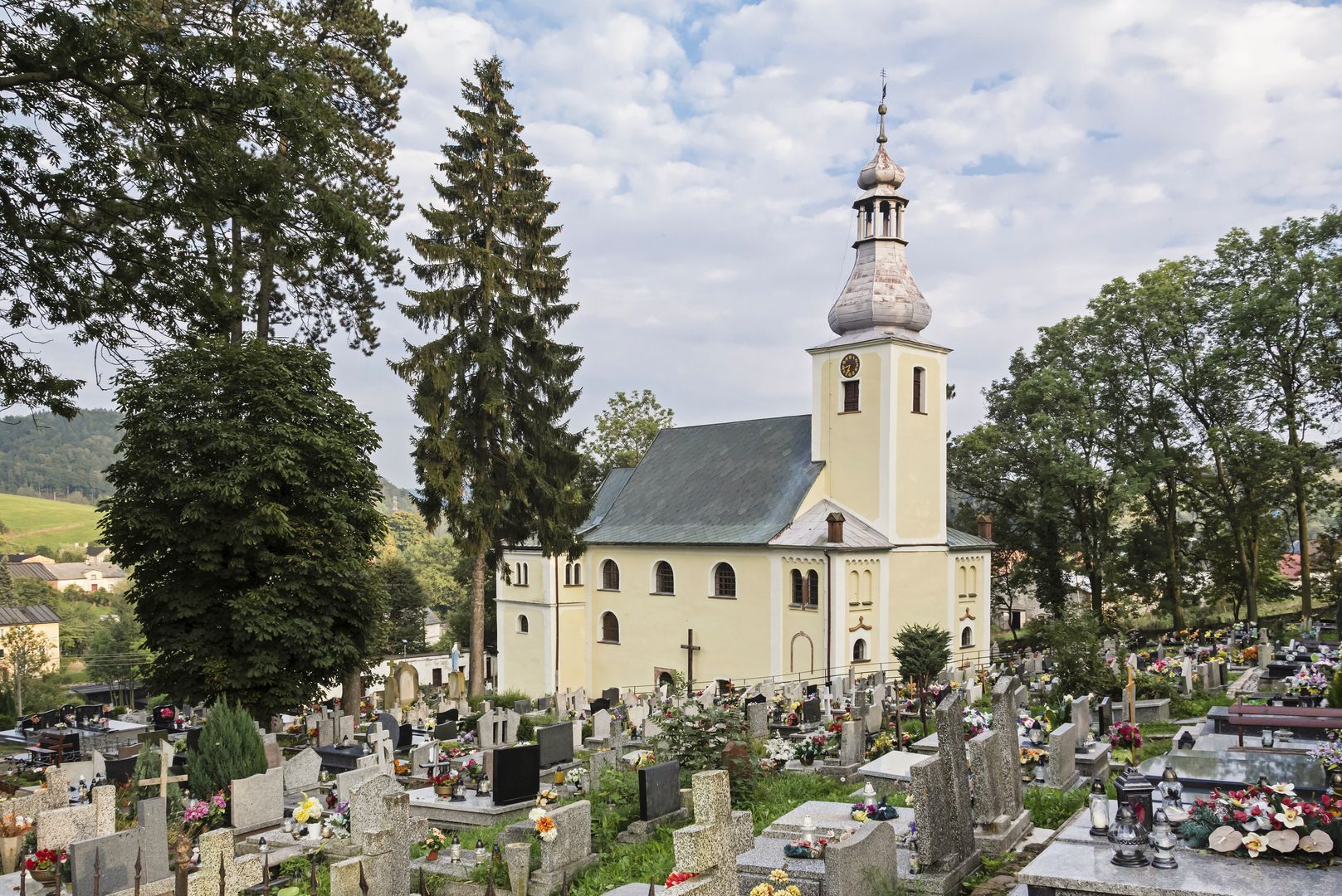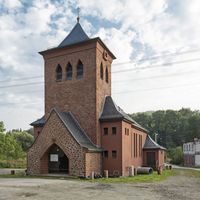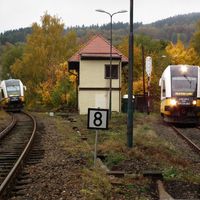Ludwikowice Kłodzkie
6.01

Overview
Ludwikowice Kłodzkie is a linear village located in the Lower Silesian Voivodeship, on the border of the Włodzickie Hills and Wyrębińskie Hills, along the Włodzica River. The village boasts a rich history dating back to at least 1352, and its development accelerated in the 18th century due to the growth of weaving and coal mining. In the 19th century, mining became the primary livelihood for the residents, and the establishment of a railway line in 1880 contributed to further growth. Ludwikowice Kłodzkie is home to significant historical monuments, such as the Baroque Church of St. Michael the Archangel from the 18th century, the Evangelical Church of the Divine Blessing, now the Sowiogórskie Land Museum, and a villa with a pharmacy from 1904. It is also worth mentioning the ruins of an old mill and a 19th-century railway viaduct. Ludwikowice Kłodzkie was also the site of tragic events, such as the disaster at the Wenceslaus mine in 1930, which claimed the lives of 151 miners. During World War II, the village became the location of a concentration camp for Jews, and after the war, a Military Mining Battalion was established here, where political opponents were forced to serve. Culturally, the village was known as "Little Palestine" due to its active Jewish community in the immediate post-war years. Today, the village attracts tourists with its hiking trails and convenient rail and bus transportation. The name Ludwikowice Kłodzkie, referencing the original German name, was adopted after 1945, preserving local heritage. Ludwikowice Kłodzkie is one of the larger settlements in the region, and its history and monuments draw the attention of tourists and historians alike.
Location
2025 Wizytor | All Rights Reserved

